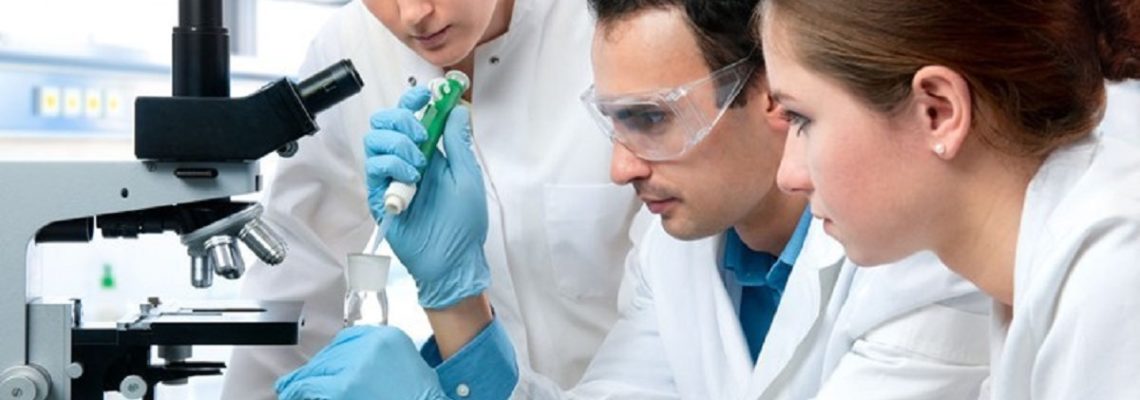At Jordi Labs, we know that we owe a great deal to the millions of scientists who have furthered our understanding of the world around us. So, in this blog post, we celebrate some of the men and women who have helped redefine fields of research and pioneered new approaches to techniques we work with – from mass spectrometry to surface science.
Mass Spectrometry
Mass spectrometry is a fundamental tool in the analytical chemist’s toolkit, providing us with a means of identifying the chemical structure of different molecules. We owe the invention of the mass spectrometer to Francis Willian Aston, a student of renowned physicist J.J. Thomson who pioneered work in particle physics as part of the hunt to measure the mass of unknown particles. Shortly after World War I, Aston built an instrument capable of measuring the relative mass of molecules with an accuracy greater than 1 part per 10,000. This paved the way for other breakthroughs throughout history.
Carol Robinson pioneered an unusual application of mass spectrometry, using it to address problems in structural biology. Robinson’s research into protein folding via mass spectrometry redefined the ways in which mass spectrometry is used by demonstrating that aspects of secondary protein structure can be studied in the gas phase. Robinson has since gone on to become the first female chemistry professor at both Oxford and Cambridge universities, and she is currently President of the Royal Society of Chemistry.
Lucy Carpenter is another influential chemist who has made extensive use of mass spectrometry. Her research focuses on the complex chemical interactions that take place at the boundary between the oceans and the atmosphere. Carpenter has used gas chromatography-mass spectrometry (GC-MS) to shed light on how halogenic compounds emitted by the ocean can influence the chemistry of our atmosphere. She is currently a Professor of physical chemistry at the University of York and director of the Cape Verde Atmospheric Observatory.
Nanomaterials
At Jordi Labs we are no strangers to nanoparticles, using techniques like Asymmetric Flow Field Flow Fractionation (AF4) and dynamic light scattering (DLS) to characterize them.
Nguyễn Thị Kim Thanh is one of the world’s nanoparticle innovators. Currently a Professor of nanomaterials at University College London, Thanh is a prolific nanotechnology researcher with a focus on gold and magnetic nanoparticles. Her recent work includes research on the applications of magnetic nanoparticles as therapeutic agents.
Surface Science
Our last mention is Agnes Pockels, an early physical chemistry pioneer. Born in Italy in 1862, Pockels was instrumental in the development of the field of surface science, which describes the physical and chemical phenomena that occur at interfaces.
Her brother Fritz benefited from a formal scientific education and went on to discover the Pockels electro-optic effect where certain crystals will rotate the plane of polarisation light as it passes through them under an electric field.
Agnes was denied this opportunity. Instead, armed only with access to her brother’s textbooks, Pockels educated herself. Pockels’ home experiments led her to develop apparatus for measuring the surface tension of water. Her paper “Surface Tension”, published in Nature in 1891, described the construction of this device, laying the fundamental groundwork for a new field of physical chemistry.
Jordi Labs is thankful for the contributions made by these – and other – scientists to the areas of chemistry in which we work every day. For more information on what we do, contact a member of the team.





